
4 Effective Ways to Support Autism Acceptance Month
April marks Autism Acceptance Month, dedicated to fostering understanding, acceptance, and inclusion for individuals with autism.
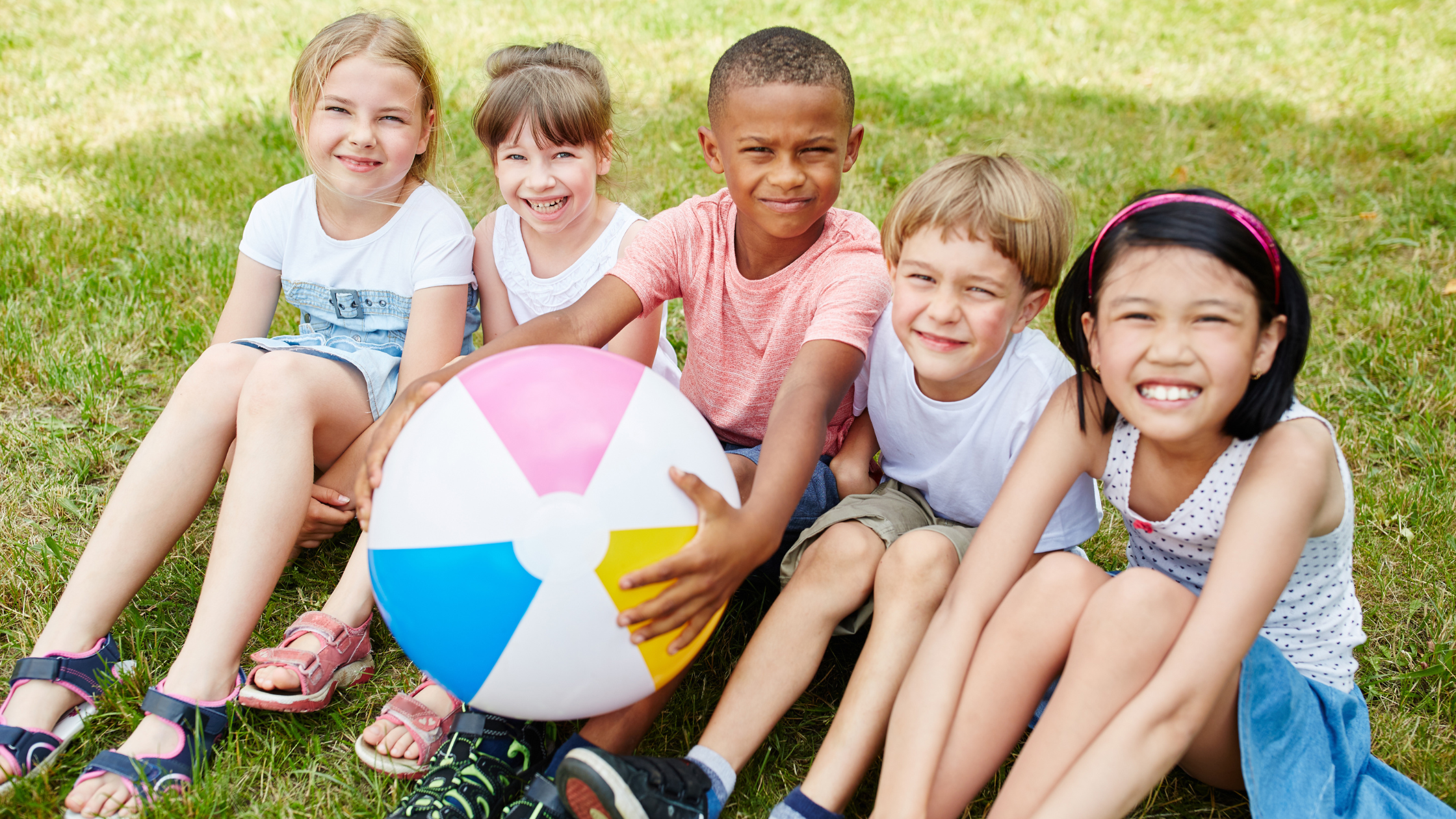
With summer right around the corner, it can be both exciting and overwhelming to try and plan activities for the entire family. The end of the school year is a welcomed and a highly anticipated change for many children. However, for those with autism spectrum disorder (ASD) this can be a challenging time when they no longer have their daily routine. To help with planning, we have compiled a list of 5 summer sensory activities for families to enjoy throughout their break away from school.
Tactile play encourages children to explore various textures while using their senses. Families can build a DIY sensory bin by using a plastic kiddie pool, plastic storage bin, or a pre-made sensory table. The bins can be filled with different types of materials such as sand, macaroni noodles, rice, or water beads. This is a simple way to create a hands-on activity that can be used indoors or outdoors and can easily be transported.
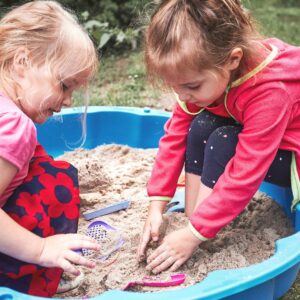
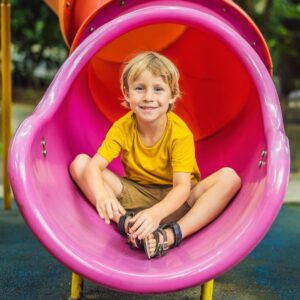
A busy park or playground may be overwhelming for a child with autism, so we recommend finding a time that’s less busy or a well–spaced area. Some children prefer the use of noise cancelling headphones when in public settings to offset some of the uncontrollable environmental noise. A park or playground can present opportunities for children to engage in gross motor skill development, sensory activities, and interact with their peers. Many cities have introduced inclusive playgrounds with accommodations for children of all abilities. Find an inclusive playground near you.
Playing with bubbles is an effortless yet engaging activity for children. Bubbles can be highly motivating and are a great way to encourage communication skills, fine motor skills, and hand–eye coordination. Blowing bubbles can reinforce skills that have been learned through Applied Behavior Analysis (ABA) therapy. Not only are bubbles captivating, but they are also inexpensive, portable, and widely available at most local retail stores.

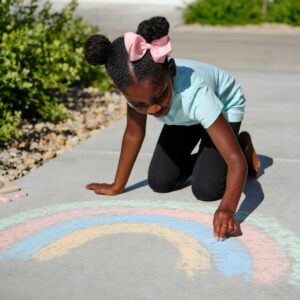
Sidewalk chalk gives children the opportunity to creatively express themselves while practicing a variety of skills. Activities such as drawing shapes and animals, writing or tracing their name, and creating games are just some of the fun ways to use chalk with your child. In addition, chalk can help teach fine motor and visual skills.
Finger painting is fun and interactive indoor or outdoor activity. Painting can increase a child’s self-esteem, incorporate motor skills, and give them an outlet to communicate visually. Families can also add other creative elements into finger painting by incorporating objects such as macaroni noodles, fruit pieces, or sponges.
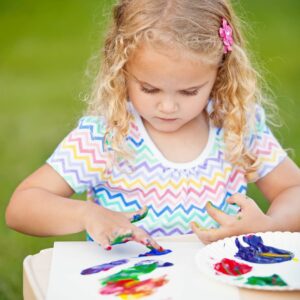
At Surpass Behavioral Health, we are passionate about making a positive difference in the lives of our clients and families. Our focus is quality care that you can trust. We believe in our clients’ ability to achieve their goals and we want to celebrate each win together. Our mission is for our clients to be successful across a variety of settings and provide support to our families.
Learn more about our services or find a clinic near you.

April marks Autism Acceptance Month, dedicated to fostering understanding, acceptance, and inclusion for individuals with autism.
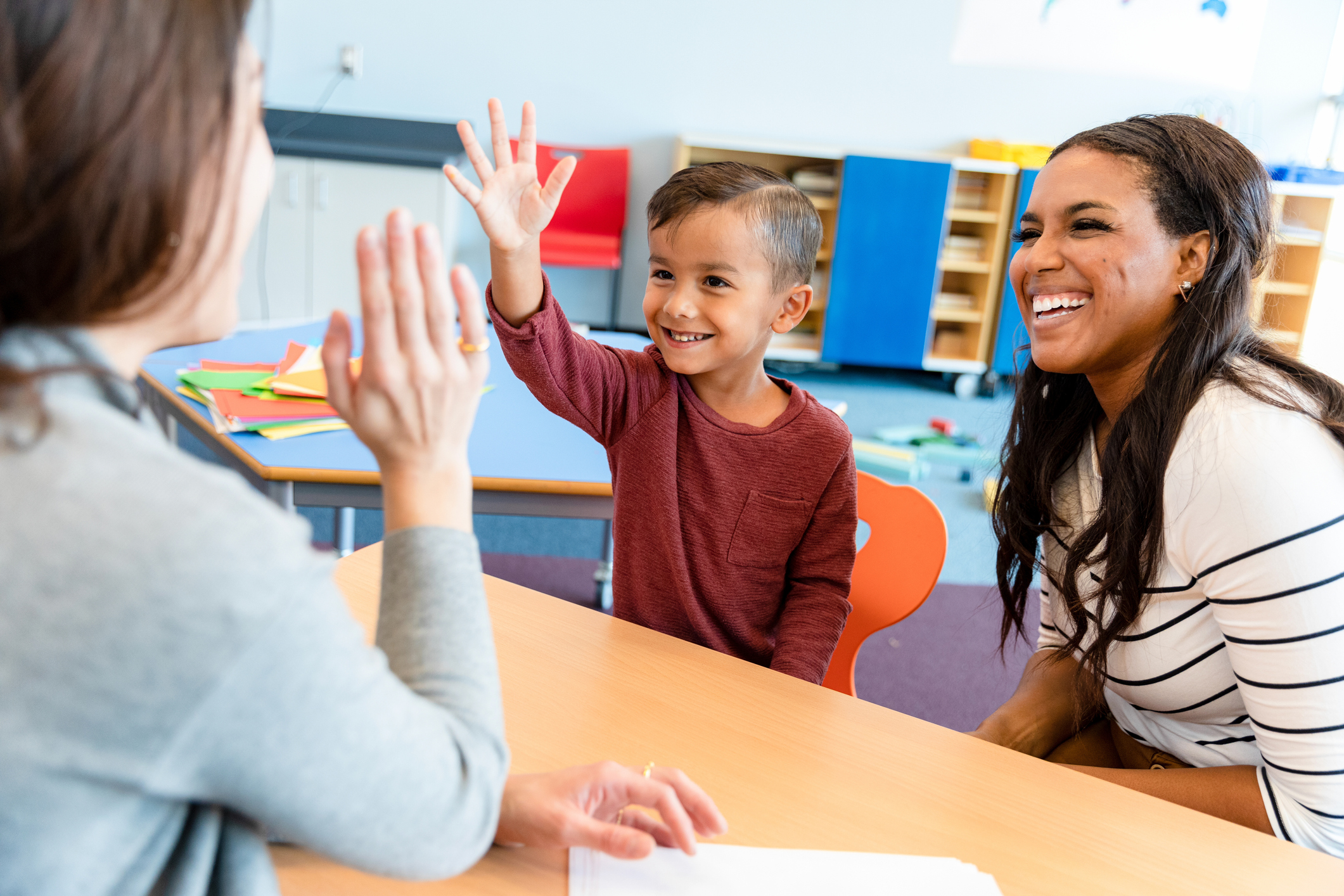
Collaboration between ABA therapists and parents is vital for the child’s success. Read this article to learn about the importance of parent involvement.

ABA therapy offers evidence-based interventions to improve communication skills.